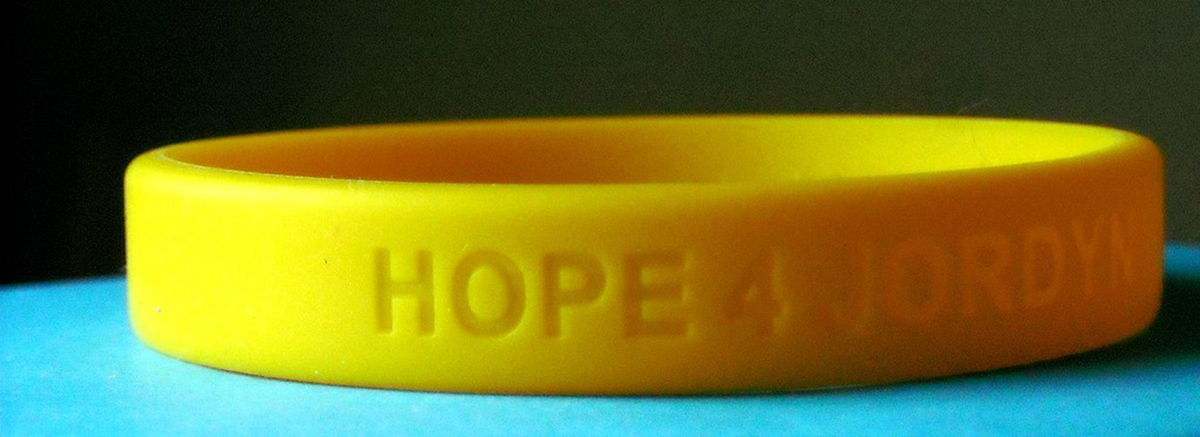Table of Contents
Survival rates and prognosis
Since effective treatment began, the long-term survival rate for childhood leukemia has significantly increased. This is due in large part to a better understanding of the disease process, an improved ability of medical providers to predict a relapse, the ability to choose a therapy more appropriate to the type of leukemia being treated, and to improved treatment protocols. There are clinical indicators that can help to determine a prognosis for survival. The most prognostic indicators for long term survival are age, white blood cell count at the time of diagnosis, the type of underlying genetic mutation, the disease response to chemotherapy, and the level of ALL cells measured at different intervals during treatment. Age as a prognostic indicator for survival is pretty consistent.

Infants younger than six months have a very low survival rate. Statistics show that very young children and adults have much lower survival rates. Treatment outcomes for adults worsen with increasing age. As adults age they are more likely to have other health problems in addition to the ALL. Also, the most common form of leukemia in adults is Philadelphia chromosome-positive ALL. The incidence of this type of leukemia increases with age and the prognosis remains poor regardless of treatment type.
White blood cells, another prognostic indicator, have a reverse correlation with survival; increasing numbers of abnormal white blood cells corresponds with a lower survival rate. In one type of ALL, a high white blood cell count is linked with an increased risk for relapse of the leukemia in the central nervous system, resulting in brain damage, stroke and hemorrhage. Statistics reveal that children younger than one year and older than ten years, with a high white blood cell count, have a very low survival rate regardless of the type of treatment used. Also, children with early-stage disease have a higher survival rate than those with late-stage disease.
Treatment for childhood leukemia
Treatment for ALL involves multiple types of therapies. These include chemotherapy, radiation, steroids and stem cell therapy. Research of childhood leukemia has resulted in the treatment modifications that better target the cause of the leukemia, thereby improving long-term survival rates. One such modification is the use of radiation. It used to be that all children diagnosed with ALL received cranial irradiation. This was an attempt to prevent the spread of the leukemia into the brain and central nervous system. Cranial irradiation is extremely toxic to a child’s developing brain and causes significant neurological damage that persists throughout the child’s life. Instead, intrathecal injection of chemotherapeutic agents is now used to treat and prevent the spread of leukemia to the central nervous system. This appears to be effective and causes less long-term neurological problems. High energy radiation is still used to target tumors and prevent the spread of the cancer to other areas of the body.
There are different types of chemotherapy available and the choice will be determined by the type of cancer being treated. If the cancer is not responding to treatment, then stem cell therapy is another option. Stem cells are unique blood cells that can develop into different types of cells in the body. The stem cells are transplanted into the child’s blood using an intravenous catheter. To prepare for the stem cell transplant, the child’s bone marrow is destroyed using medications and radiation so that the stem cells can rebuild a healthy bone marrow.
See Also: Gene Therapy Beats Leukemia In Eight Days
Long-term prospects
There have been several studies that show that survivors of childhood leukemia are vulnerable to a number of medical problems later in life as a result of the therapy used to treat their leukemia. They have an increased risk of developing a second blood related malignancy, pediatric brain tumors or later in life, cardiac disease, stroke, and endocrine disorders. Psychological and cognitive issues can also occur as a result of the childhood leukemia experience. Some survivors will experience mood disturbances, behavioral problems and post-traumatic stress. People who are treated successfully for childhood leukemia are at a much higher risk for physical and psychological health problems and should have periodic health evaluations to assess for development of issues related to their cancer treatment that require further management.
- Pui, C. H., Mullighan, C., Evans, W., & Relling, M. (2012). Pediatric acute lymphoblastic leukemia: where are we going and how do we get there? Blood, 120(6), 1165-1174
- Pulte, D., Gondos, A., & Brenner, H. (2008) Trends in 5- and 10-year survival after diagnosis with childhood hematologic malignancies in the United States, 1990-1994. Journal of the National Cancer Institute, 100(18), 1301-1309
- Smith, M.A., Altekruse, S.F., Adamson, P.C., Reaman, G.H., & Seibel, N.L. (2014) Declining childhood and adolescent cancer mortality. Cancer 120, 2497-506
- Tintinalli, J. E. (2011). Oncology and Hematology Emergencies in Children. In J.E. Tintinalli, J. Stapczynski, O.J. Ma, D. Cline, R. Cydulka & G. Meckler (Eds.), Tintinalli’s Emergency Medicine: A Comprehensive Study Guide, 7th ed. (chap. 136). New York, NY: McGraw-Hill.
- Photo courtesy of Kathryn Cartwright by Flickr : www.flickr.com/photos/kathryninstereo/6192571596
- Photo courtesy of Keirsten Marie by Flickr : www.flickr.com/photos/starsalive/4018066673

